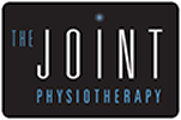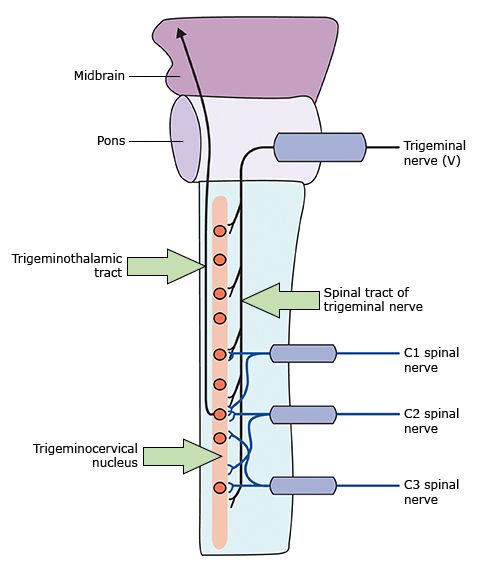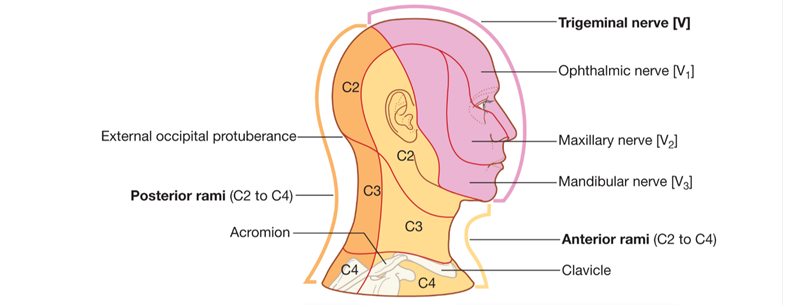Dysfunction of the neck can often be a cause for the common headache
Written by Katsu Inoue, Physiotherapist at The Joint Physio
Do you have a nagging pain in the back of your head that hasn’t gone away? Are you suffering from regular migraines but medications don’t seem to help? Does your headache come on after prolonged computer work? Driving? Reading? Then read on, as we’re sure we can help you!
While there are many types of headaches with a multitude of causes, often leading to similar, agonising symptoms, the most common are known as ‘cervicogenic headaches’. Simply explained, this means the headache originates from dysfunction of the cervical spine – a fancy term we use for the neck. Overuse, injury or dysfunction of the small joints between the upper-most bones (vertebrae) of the neck can cause altered movements, immobility, protective muscle spasm and inflammation. This inflammatory response in turn can affect the nerves which communicate with various areas of the head, causing the brain to interpret these distorted signals as pain. Depending on the area the nerve supplies, or where the tight muscles attach to, can affect where the pain is felt – often behind the eyes, across the forehead and temple region or into the back (or occipital) region of the head. True cervicogenic headaches therefore may be relieved with the use of anti-inflammatories, but will usually not be affected by migraine medications.
- Bogduk N, Govind J. Cervicogenic headache: an assessment of the evidence on clinical diagnosis, invasive tests, and treatment. Lancet Neurol 2009; 8:959.
- Dematome Map http://www.paincare.org/dermatome-map/
To summarise, not all headaches are actually caused by the head itself and are instead often referred from the neck. So… if you’re trying to fight your headaches but they keep coming back, or if you’re unsure if your pain in the head is really a pain in the neck, give us a call and relax… we’ll do the rest! Previously, Nathan discussed the increasing incidence of neck pain as we are spending more time on computers and smart phones. This can certainly lead to cervicogenic headaches so have a read!
Try out the exercises from Nathan’s blog



